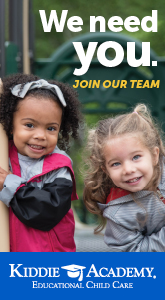May 3, 2024
Sharing Death and Grief with Children
As an educator, reimagining heartbreak affords me the courage and curiosity to look beyond formal assessments and see children for the whole-hearted humans that they are.
– Shelly Brandon, Reimagining Heartbreak: An Educator’s Journey to Reclaim Whole-Heartedness (forthcoming).
“The beautiful thing about the human experience is that everyone is having one, including the children. Their hearts are also much more open than ours, and they each possess inherent wisdom that adds to any conversation, given the language and context are appropriate to their level of understanding. But what if no one ever taught us, as adults, how to express our emotions in a healthy way up until now? How do we even begin to have these big conversations with children?”
Vanessa Dayberry opens her article on “Death Conversations and Grief Practices with Children” with these powerful words. She calls us to prepare ourselves for these moments and conversations. Dayberry’s article is part of the Focus on Navigating Grief and Loss, in the latest issue of Exchange magazine, now available online.
Navigating his own grief and loss, David Wright offers a story of shared loss with a colleague: “Yvette and I were both called by the pain of loss to make a difference in the lives of others. Our grief translated into a visceral sense of disconnection from our loved ones. Yet what renders this overwhelming emotion valuable is the gift of empathy—to feel and understand pain, to translate passion into compassion.” Wright goes on: “To be effective, compassion has to go beyond awareness. It also requires empathy and action. As educators, are we attuned to and aware of young people’s possible distress? Can we put ourselves in their place to understand what it feels like to be this child in this situation? Do we act out of our compassion to ease the suffering of others?”
Death isn’t a typical ‘early childhood topic,’ and yet the poignancy of these and the other stories in this series point to how very real it is in the lives of young children, how ready they are to engage with it, and how we as adults can prepare ourselves to guide children facing grief and loss.
Dayberry notes, “I have learned to start by turning my attention to my inner world, so I can process my own emotions about past experiences and join the conversation from the present. Expressing and validating emotions that we have held within ourselves is how we can expand our capacity to have these conversations with children.”
Share with the hashtag #ExchangeEveryDay
Print Friendly













